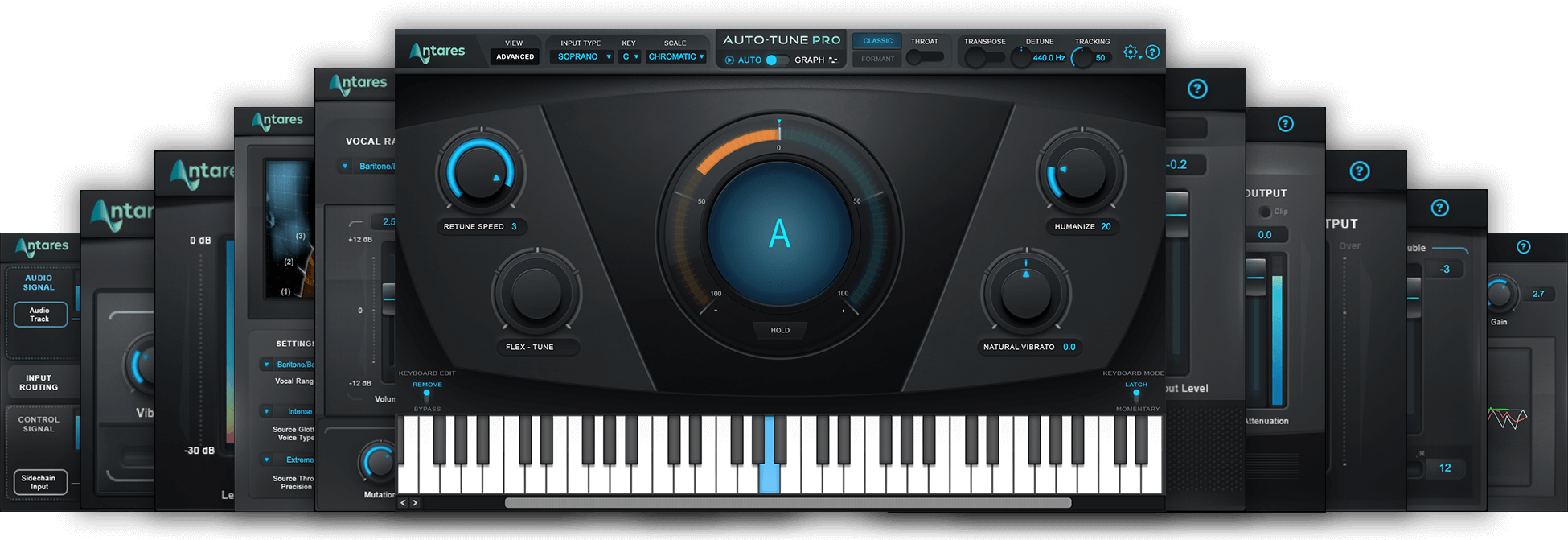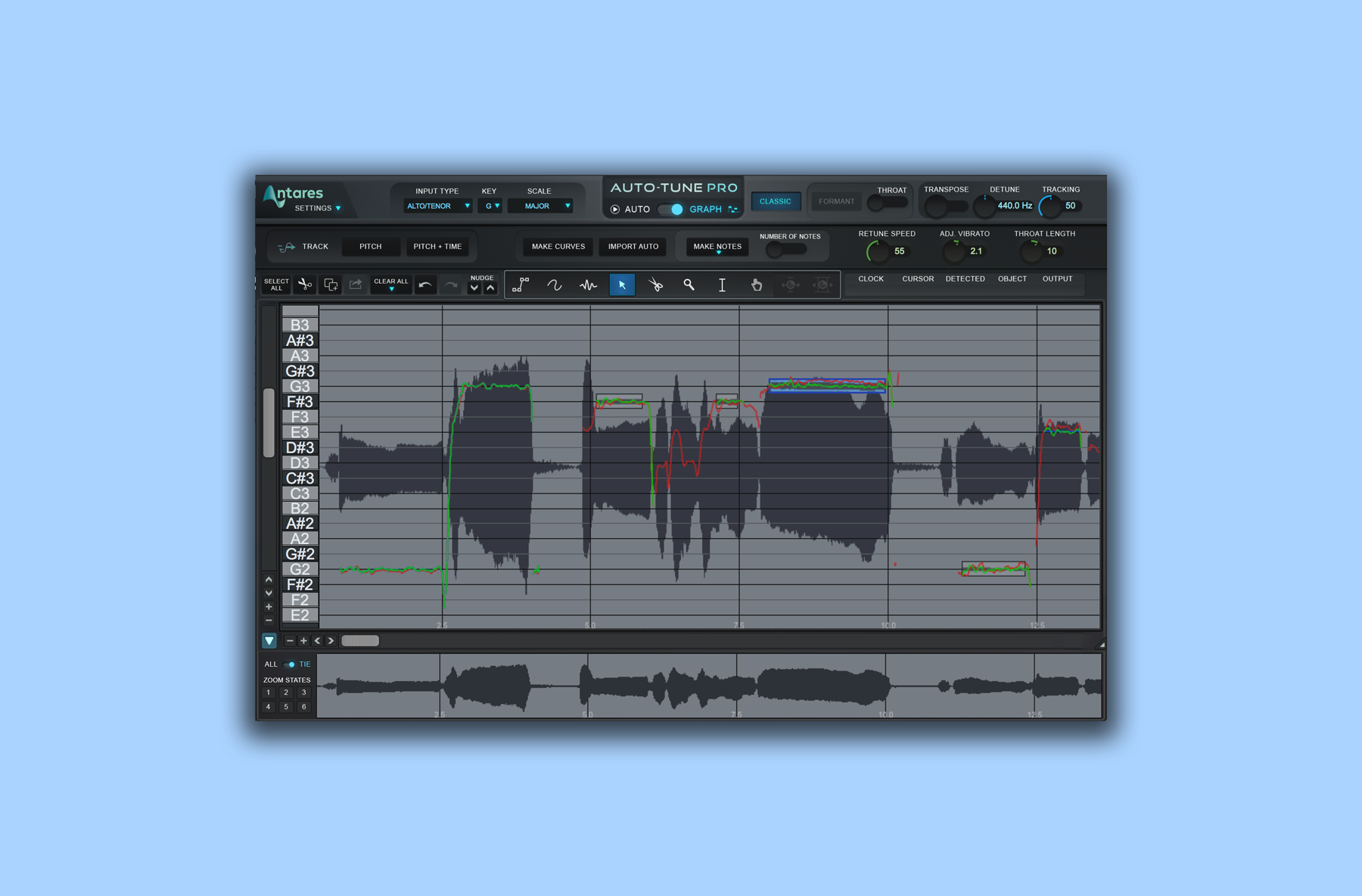

Pro PlusĪT Pro is Auto-Tune in its most powerful, usable incarnation yet, and it easily maintains its position as one of the two best retuning solutions available the other, of course, being Celemony’s Melodyne. With this, all audio data is passed directly to the plugin from the host DAW in Graph mode, rather than having to be manually recorded into it. AT Pro also introduces assignment of MIDI CCs to many of its controls - including Retune Speed, Flex-Tune and all eight Vibrato parameters - for hands-on tweaking.įor users of the ARA-compatible Studio One DAW, among the most welcome of AT Pro’s new features will be the addition of Audio Random Access support.

In either MIDI mode, incoming notes can be switched ‘as played’ or across all octaves.

In Target Notes mode, incoming MIDI notes determine the repitching target at any given moment while Learn Scale mode removes all notes from the scale, so that they can be reactivated via MIDI - play a chord or melody to define the scale. The Target Notes and Learn Scale buttons above open AT Pro up to MIDI input. The Set Major/Minor buttons instantly remove all notes that don’t belong to the major or minor scale, and Set All returns the scale to its default state. While the keyboard at the bottom of the UI facilitates removal from the scale and bypassing of individual notes across a six-and-a-half-octave range, Advanced view’s Edit Scale Display lets you semi-permanently customise the loaded scale by doing the same thing for all octaves at once. Handled with care, it’s an effective system for adding a bit of wobble to overly flat performances. The Create Vibrato section applies an LFO to the pitch, amplitude and formant characteristics of your vocal, with optional fading-in and randomising of the modulation signal.

#Auto tune pro plus
A different ’TuneĪdvanced view is simply a refresh of Auto-Tune 8’s Auto mode, so here you’ll find everything from Basic view, plus a few extras. The top bar houses buttons and knobs for automatic Formant correction, Throat modelling, transposition and detuning, and - new for AT Pro - reverting the engine to the still-loved sound of the Auto-Tune 5 algorithm (Classic mode). With the key and scale settings established, tweak the action of the repitching algorithm with the Retune Speed, Flex-Tune (per-note correction range or ‘tolerance’, for a more natural sound added with v8), Humanize (varies the Retune Speed depending on the length of the note) and Natural Vibrato (exaggerate or suppress vibrato) controls.
#Auto tune pro manual
Rather, it serves as a deeper corrective processor for those occasions when Auto mode doesn’t quite hit the mark, and a relatively intuitive workspace for remedial or creative manual repitching. Graph mode has never matched Melodyne for editing depth and power - and still doesn’t - but that’s not really what it’s trying to do. The UI feels noticeably more responsive than it did in previous versions, too. Fully manipulable “correction objects” are then automatically generated (based on the detected pitch profile of the source material) or drawn into the graph, defining fixed horizontal blocks, curves or straight lines that control the nondestructive retuning and timestretching of the audio.įor Auto-Tune Pro, Graph mode has been redesigned and enlarged, and added to with a bank of six user-definable Zoom State presets. The capture process is quick and painless (and avoided altogether in the ARA-compatible Presonus Studio One - see main text), and once it’s done, the waveform appears in the background of the piano roll-style interface, positioned correctly in relation to the host DAW timeline. Auto-Tune’s Graph mode provides the means by which to edit the pitch and timing of a captured audio clip in fine detail.


 0 kommentar(er)
0 kommentar(er)
